The subtleties of growing marigold seedlings at home
These vibrant annuals are prized by amateur florists and landscaping professionals for their excellent combination of simplicity and excellent decorative qualities. Knowing when to sow marigolds for seedlings, you can admire their flowering from spring to the first frost. A race in time will allow you to shift the flowering period of tagetes (this is the botanical name of this plant).
Sowing dates
You can sow marigolds both before winter and in spring. Sowing in central Russia is carried out when the threat of return frosts disappears - from late May to early June. Covering with non-woven material will allow to postpone these terms by another 2 weeks - by the beginning of May. In more southern regions, sowing in the ground can be carried out from the end of March.
Sowing for seedlings depends on the following factors:
- terms of establishing frost-free weather for planting;
- the desired flowering time of marigolds.
Tagetes bloom occurs 1.5-2 months after germination. Consequently, planting marigolds for seedlings falls on the period from March 15 to April 10. Additional supplementary lighting of annual crops in the winter months will allow for a short while to bring the flowering time closer. To obtain flowering plants in April-May, seeds are sown at home in January-February.
Soil preparation
A fungal disease, colloquially called "black leg", can completely destroy young marigold seedlings. To prevent this from happening, the land for sowing should be carefully prepared. There are several ways to disinfect it.
- A container with an earthen mixture for sowing seeds is spilled with a fungicide solution - Fitosporin, Vitaros, Maxim or any other will do according to the instructions.
- The soil is spilled with a solution of dark pink manganese.
- The earth is steamed in a double boiler or in a water bath for 0.5-1 hours.
- The earthen mixture is treated in a microwave oven for 10 minutes in the "Medium Power" mode.
Advice
Place a drainage layer of expanded clay or rubble at the bottom of the seedling box with a layer of at least 2-3 cm.
The composition of the seed mixture can be as follows:
- humus - 1 part;
- garden or vegetable garden land - 2 parts;
- peat - 1 part;
- coarse river sand - 1 part.
There should be holes at the bottom of the container or box for water drainage. Before planting seeds, the soil must be shed in advance and left for a day at a temperature of +18 to + 21⁰С.
Sowing seeds
On the surface of the prepared substrate, every 3-4 cm, grooves are made with a depth of at least 1 cm, into which the seeds of tagetes are sown at a distance of 1.5 cm from one another. The grooves are sprinkled with a mixture of earth and sifted sand in a 1: 1 ratio. Sowing is carried out not only with dry, but also with swollen and presoaked seeds. They are kept in a damp cloth and plastic bag for 3 days.
Advice
A little sifted furnace ash can be added to the mixture for filling the grooves. This measure will be an additional prevention of the appearance of the "black leg".
If you plan to grow seedlings of several varieties, the crops must be labeled with the name of the variety. At home, it is convenient to use dense foil on which the name of the variety is squeezed out. This label does not get wet or fade from sunlight.
The seedling box is placed in a warm place (from +22 to + 25⁰C), covered with a plastic lid, plastic wrap or a layer of plexiglass. Before emergence, this mini-greenhouse must be regularly ventilated.Seedlings at this temperature regime will appear after 4-6 days. The container with seedlings is transferred to a cooler place, reducing the temperature to + 18⁰С.
Dive
This operation is carried out when the seedlings have at least 2 true leaves. The soil for placing the cut plants has the same composition as for sowing seeds. Growing an annual will be more successful if you add 1 tbsp to the soil. l. full mineral fertilizer and half a glass of ash for every 5 liters of soil mixture. Plants are placed 7 cm apart from each other. Better yet, make a dive using small peat pots or cassettes for seedlings.
Advice
When transplanting, you need to pinch off the central root of the seedling by half. If this technique is carried out correctly, then the root system of the tagetes will be fibrous, and the seedlings will be strong and stocky.
The prepared plants are planted in a recess in a pot or cassette up to cotyledonous leaves, the roots are straightened and carefully sprinkled with earth. Then the cut seedlings are carefully watered with warm water, trying not to erode the soil from the roots. When it settles, pour in a fresh mixture. If mineral fertilizer was not applied before the pick, after 10 days the plants need to be fed with any fertilizer for seedlings... It is convenient to do this by timing the top dressing for the next watering.
Advice
Tagetes seedlings are grown with infrequent watering. It will be properly watered only after the top layer has dried.
If the seedlings are cultivated in February or early March, they need to be illuminated for 2-3 hours a day, increasing the daylight hours to normal. At home, it is convenient to use fluorescent fluorescent lamps.
Preparing the soil for transplanting into open ground
The brightest and most beautiful specimens of tagetes can be grown only in a sunny place. It is not necessary to select exclusively fertile soil for transplanting marigolds to a permanent place. For this unpretentious plant, it is enough to follow simple conditions:
- loose, breathable soil;
- permeable earth substrate without stagnant water.
Before planting seedlings in the dug soil, you need to apply full mineral fertilizer (30 g per 1 sq. M.) And close it up.
Advice
The improvement of heavy clay soil is facilitated by the introduction of sand and peat.
Planting in open ground
To transfer the seedlings to the flower garden, in order to continue growing there, you need to in a certain sequence.
- Prepare seedling holes in advance. They must be done at a distance provided for by the characteristics of the variety, from 15 to 35 cm from each other.
- The root system is placed in a hole, the plant should be planted so that the roots begin 1-2 cm deeper than the surface of the earth.
- The landing hole is covered with earth, the soil is compacted.
- The plant is watered over the leaves or under the root.
Marigold care
Further cultivation of this annual is not difficult even for inexperienced gardeners. This unpretentious plant withers only during severe drought. Tagetes needs regular watering, weeding from weeds, one-time feeding phosphorus-potassium fertilizer for lush flowering. An excess of nitrogen can lead to the fact that marigolds will build up vegetative mass at the expense of flowering.
Advice
Mulch the soil around the plants to retain moisture during the dry season.
Marigolds can very rarely be affected by pests, most often aphids. The pest is washed off with a stream of water during irrigation or the marigolds are treated with a systemic pesticide for ornamental plants.
Subject to all the intricacies of growing seedlings and systematic care, marigolds will delight you with their flowering and bright greenery throughout the season. This unpretentious plant recovers very quickly after transplanting and diving. With careful selection of sowing dates, not seedlings can significantly extend the flowering season for this annual.
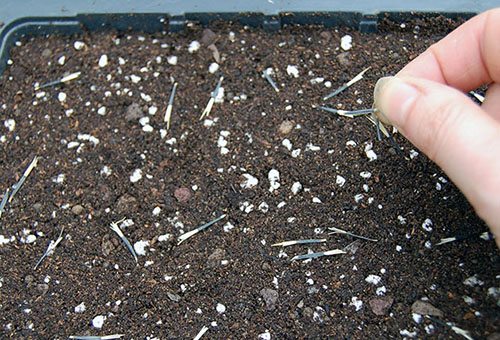
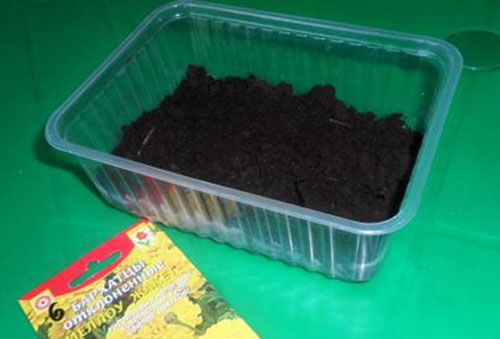
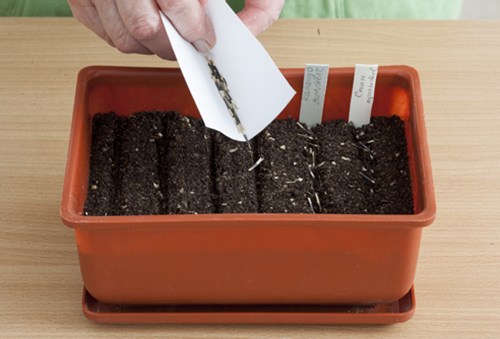
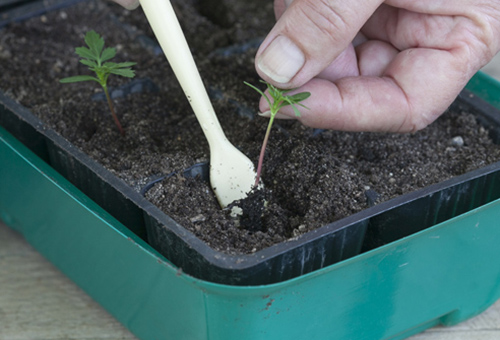
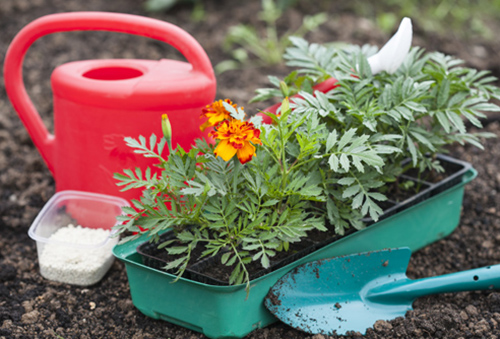
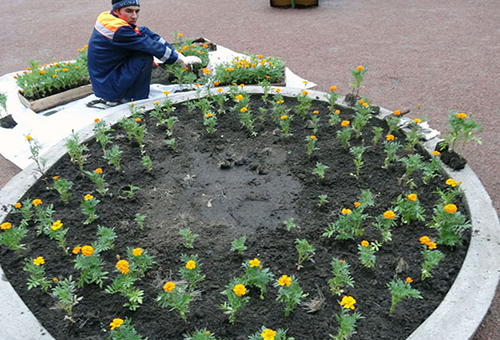
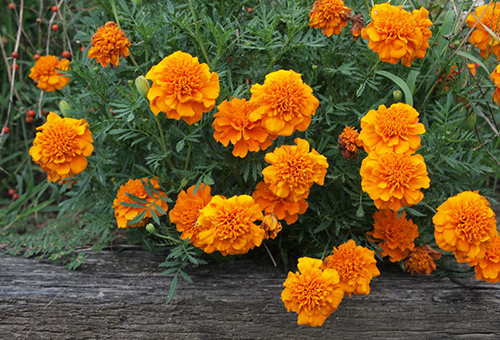

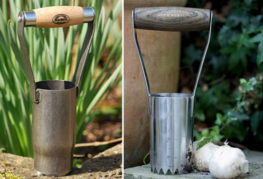
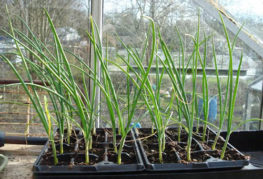



and will be published shortly.